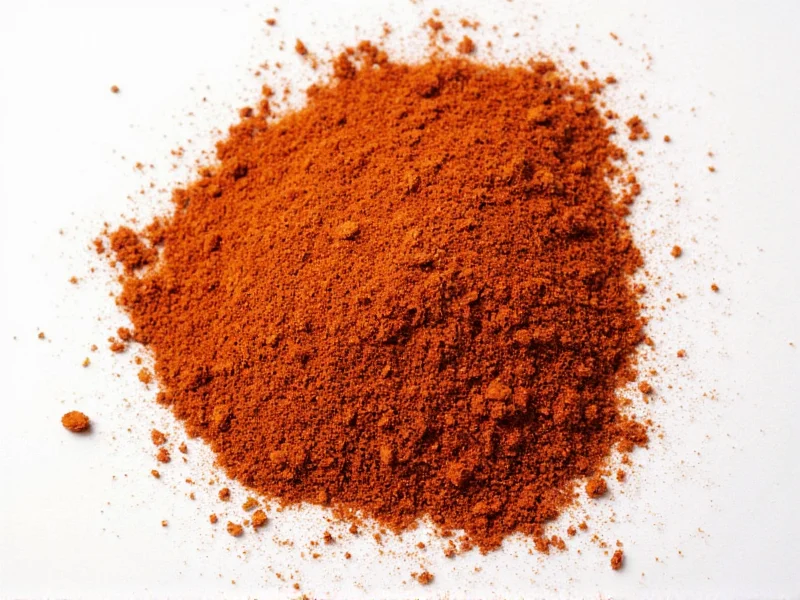Hatch chilies, named after the Hatch Valley region in New Mexico, have gained popularity across the United States for their distinctive flavor profile that combines moderate heat with earthy, slightly sweet notes. Understanding the hatch chili spice level is essential for home cooks and professional chefs alike who want to incorporate these versatile peppers into their recipes without overwhelming heat.
Understanding the Hatch Chili Heat Range
The Scoville scale measures chili pepper heat by determining capsaicin concentration. Hatch chilies fall in the 1,000–8,000 SHU range, but several factors influence where specific peppers land within this spectrum:
- Color variation: Green hatch chilies (harvested early) typically range from 1,000–5,000 SHU, while red hatch chilies (fully matured) reach 5,000–8,000 SHU
- Growing conditions: Soil composition, temperature fluctuations, and water stress can increase capsaicin production
- Varietal differences: Some cultivated varieties like 'Sandia' or 'Big Jim' have predictable heat levels
Comparing Hatch Chili Spice Level to Common Peppers
| Pepper Variety | Scoville Heat Units | Heat Comparison to Hatch |
|---|---|---|
| Bell Pepper | 0 SHU | 0× (No heat) |
| Poblano | 1,000–2,000 SHU | 0.5× (Milder) |
| Hatch Green | 1,000–5,000 SHU | 1× (Baseline) |
| Jalapeño | 2,500–8,000 SHU | 1.5× (Slightly hotter) |
| Hatch Red | 5,000–8,000 SHU | 1.8× (Hotter) |
| Serrano | 10,000–23,000 SHU | 3× (Significantly hotter) |
Factors That Influence Hatch Chili Heat Perception
When evaluating hatch green chili spice level versus red varieties, consider these additional factors that affect perceived heat:
Distribution of capsaicin: Unlike some peppers where heat concentrates in the seeds and ribs, hatch chilies distribute capsaicin more evenly throughout the flesh. This creates a more consistent heat experience when cooking.
Flavor balance: The earthy, slightly sweet flavor profile of hatch chilies helps moderate the perceived heat. This makes them seem milder than jalapeños of comparable Scoville units.
Cooking methods: Roasting hatch chilies reduces perceived heat by caramelizing natural sugars while breaking down some capsaicin compounds. Fresh raw hatch peppers deliver more pronounced heat.
Culinary Applications Based on Heat Level
Understanding the hatch chili spice level helps determine appropriate culinary uses:
- Mild applications (1,000–3,000 SHU): Green hatch chilies work well in family-friendly dishes like cheese sauces, scrambled eggs, and mild salsas where subtle heat enhances without overwhelming
- Medium applications (3,000–6,000 SHU): Mid-range hatch varieties shine in stews, casseroles, and stuffed peppers where moderate heat complements other flavors
- Bolder applications (6,000–8,000 SHU): Hotter red hatch chilies add dimension to hot sauces, spicy meat rubs, and dishes where pronounced heat is desired
Handling Tips for Different Hatch Chili Heat Levels
When working with hatch chilies across their spice level range:
- Always wear gloves when handling hotter red varieties to prevent skin irritation
- Remove seeds and white ribs for milder heat, though hatch chilies have less concentrated heat in these areas than some peppers
- Balance heat with dairy products (sour cream, cheese) or acidic components (lime juice, tomatoes)
- Start with smaller quantities and taste as you cook—you can always add more heat but can't remove it
Regional Variations in Hatch Chili Heat
While authentic Hatch Valley chilies have protected geographical indication status, many regions now grow similar varieties. The hatch chili spice level can differ significantly based on growing location:
- New Mexico-grown hatch chilies typically exhibit more consistent heat levels due to ideal growing conditions
- California-grown versions often run slightly milder (1,000–4,000 SHU)
- Texas-grown varieties sometimes reach the higher end of the spectrum (5,000–8,000 SHU)
- Commercially grown hatch chilies in other countries may have unpredictable heat levels
Measuring Your Own Hatch Chili Heat Level
If you're growing hatch chilies or purchasing from local farmers, you can estimate their heat level:
- Examine the pepper's physical characteristics: thinner walls and smaller size often indicate higher heat
- Check for stress indicators: slight discoloration or blemishes may suggest higher capsaicin production
- Perform a small taste test: start with a tiny piece of the inner membrane, wait 30 seconds before judging heat intensity
- Compare to known references: have a jalapeño and poblano available for direct comparison











 浙公网安备
33010002000092号
浙公网安备
33010002000092号 浙B2-20120091-4
浙B2-20120091-4